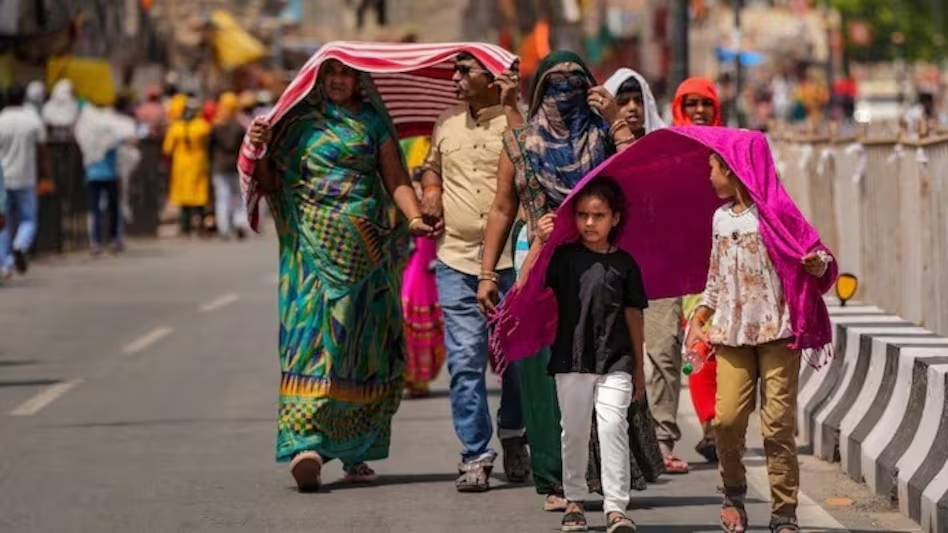North India is struggling under the strongest heatwave of the season so far, with temperatures crossing 45°C in some states, prompting widespread health issues and day-to-day life to be affected. The India Meteorological Department (IMD) has issued red and orange alerts for most districts in Delhi, Uttar Pradesh, Rajasthan, and Punjab.
Some schools have been temporarily shut down, and local authorities are cautioning individuals to remain indoors during the hottest part of the day. Public health officials have also predicted an increase in heatstroke and dehydration cases and urging citizens to keep themselves hydrated and engage in outdoor activity minimally.
The rare extreme weather phenomenon is caused by sustained high-pressure systems and a postponement in the onset of pre-monsoon rains. Cities such as New Delhi and Jaipur experienced some of the highest readings of the season, with power consumption reaching a peak on account of enhanced usage of air conditioning and coolers.
Climate change amplifying heatwaves in the Indian subcontinent is a cause for concern for environmentalists, who emphasize the need for climate resilience planning and sustainable urban growth in exposed areas on an immediate basis.









